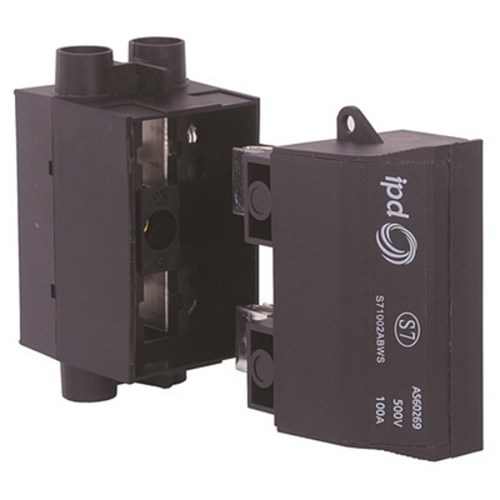A fuse is a critical safety device used in electrical circuits to protect against overcurrent, which can cause excessive heat and lead to fires. In Australia, fuses are designed according to specific standards, including AS/NZS 60269 for low-voltage fuses. These standards ensure that fuses perform reliably in Australian conditions, including high temperatures and humidity common in many regions.
Fuses contain a metal wire or strip that melts when too much current flows through it, breaking the circuit and stopping the flow of electricity. This simple yet effective mechanism protects wiring and electrical devices from damage. In residential and commercial settings, fuses are often found in distribution boards or switchboards.
Australian fuses are typically rated in amperes (A) and voltage (V), with common ratings for domestic use being 10A, 16A, 20A, and 32A for circuits operating at 240V. These ratings correspond to the maximum current the fuse can safely handle before blowing.

In modern Australian homes, fuses are increasingly replaced by circuit breakers, which serve a similar function but can be reset rather than replaced. However, understanding fuse operation and selection remains essential knowledge for electricians working with older systems or specific applications.